Herb Gardening 101: A Beginner’s Guide to Growing Flavorful Herbs
Plant AnatomyImagine stepping outside to a fresh, aromatic herb garden, where the scent of basil, rosemary, and mint greets you every morning. Herb gardening may sound complicated, but with the right guidance, anyone—even complete beginners—can create a thriving patch of greenery full of flavor and fragrance.
At Genetics Growers, we believe gardening should be simple, rewarding, and inspiring. This guide will walk you through the essentials of starting your own herb garden, from choosing the right plants to mastering the basics of care.
Why Start an Herb Garden?
Growing herbs is not only satisfying but also practical. They’re among the easiest plants to cultivate, needing little space and minimal maintenance. With just a few pots or a small garden bed, you can have fresh ingredients at your fingertips—perfect for cooking, health, and even natural remedies.
Choosing the Right Herbs
The success of your garden begins with the plants you select. Consider these three main factors when making your choices:
Climate Considerations
Herbs like rosemary and oregano thrive in warm, sunny conditions, while parsley and mint prefer cooler environments. If your local weather isn’t ideal, containers or indoor setups can help you create the right conditions.
Space Requirements
Your available space will determine your approach:
- Small balcony: Try pots, hanging baskets, or vertical gardens
- Larger yard: Dedicate a garden bed and group herbs with similar water and sunlight needs
Personal Preferences
Choose herbs based on your culinary interests:
- Italian cooking enthusiasts: Focus on basil, thyme, and oregano
- Asian flavor lovers: Add cilantro or lemongrass
- Adventurous gardeners: Experiment with unique herbs like tarragon or lemon balm
Best Herbs for Beginners
These five herbs are particularly forgiving for new gardeners:
- Rosemary: Hardy, drought-tolerant, and aromatic
- Thyme: Low maintenance and highly adaptable
- Basil: Thrives in warmth and perfect for everyday dishes
- Mint: Refreshing, vigorous grower, ideal for containers
- Chives: Simple to grow with a mild onion flavor
Essential Care Guidelines
Once you’ve chosen your herbs, follow these fundamental care principles to ensure they flourish:
Watering Practices
Keep soil slightly moist but never waterlogged. Water when the top inch of soil feels dry to your touch. Overwatering is more harmful than underwatering for most herbs.
Light Requirements
Most herbs need at least six hours of direct sunlight daily. For indoor growing, place them near a south-facing window or supplement with a grow light.
Soil Preparation
Well-drained soil with a neutral pH (6.0–7.0) works best for most herbs. Enrich your soil with compost to provide nutrients and improve drainage.
Intermediate Growing Techniques
Once you’re comfortable with the basics, these techniques will help you become a more skilled herb gardener:
Identifying Plant Health Issues
Learn to recognize common problems early:
- Yellowing leaves: Often indicates nitrogen deficiency
- Pale leaf streaks: May signal magnesium deficiency
- Wilting despite moist soil: Could indicate root problems or disease
Natural Problem Solutions
Address issues with organic methods:
- Compost: Provides balanced nutrition for overall plant health
- Epsom salts: Can correct magnesium deficiencies when dissolved in water
- Companion planting: Some plants naturally repel pests when grown together
Expanding Your Garden
Grow your herb collection through propagation:
- Stem cuttings: Basil and mint root easily in water
- Division: Split established clumps of chives or oregano
- Layering: Encourage rosemary or thyme to root while still attached to parent plant
Harvesting and Maintenance
When to Harvest
- Morning harvest: Pick herbs after dew evaporates but before heat of day
- Regular cutting: Frequent harvesting encourages new growth
- Flower management: Pinch off flowers to keep leaves tender and flavorful
Storage Tips
- Fresh use: Store cut herbs in water like flowers
- Drying: Hang bundles in warm, dry, well-ventilated area
- Freezing: Preserve herbs in ice cube trays with olive oil
Getting Started: Your Action Plan
Starting an herb garden is more than just planting seeds—it’s cultivating flavor, health, and creativity right at home. Follow this step-by-step approach:
- Start small: Choose 3-4 resilient herbs to build confidence
- Match conditions: Select herbs appropriate for your climate and space
- Master basics: Focus on proper watering, sunlight, and soil preparation
- Expand gradually: Add new varieties and techniques as you gain experience
Your first harvest is just the beginning of a rewarding journey. Each herb you grow brings new flavors to your table, new skills to your gardening, and new ways to connect with nature.
At Genetics Growers, we encourage you to share your progress, ask questions, and learn alongside fellow gardeners. Don’t wait for the “perfect moment”—pick a few herbs, find a sunny spot, and start today. The best way to grow is simply to begin.


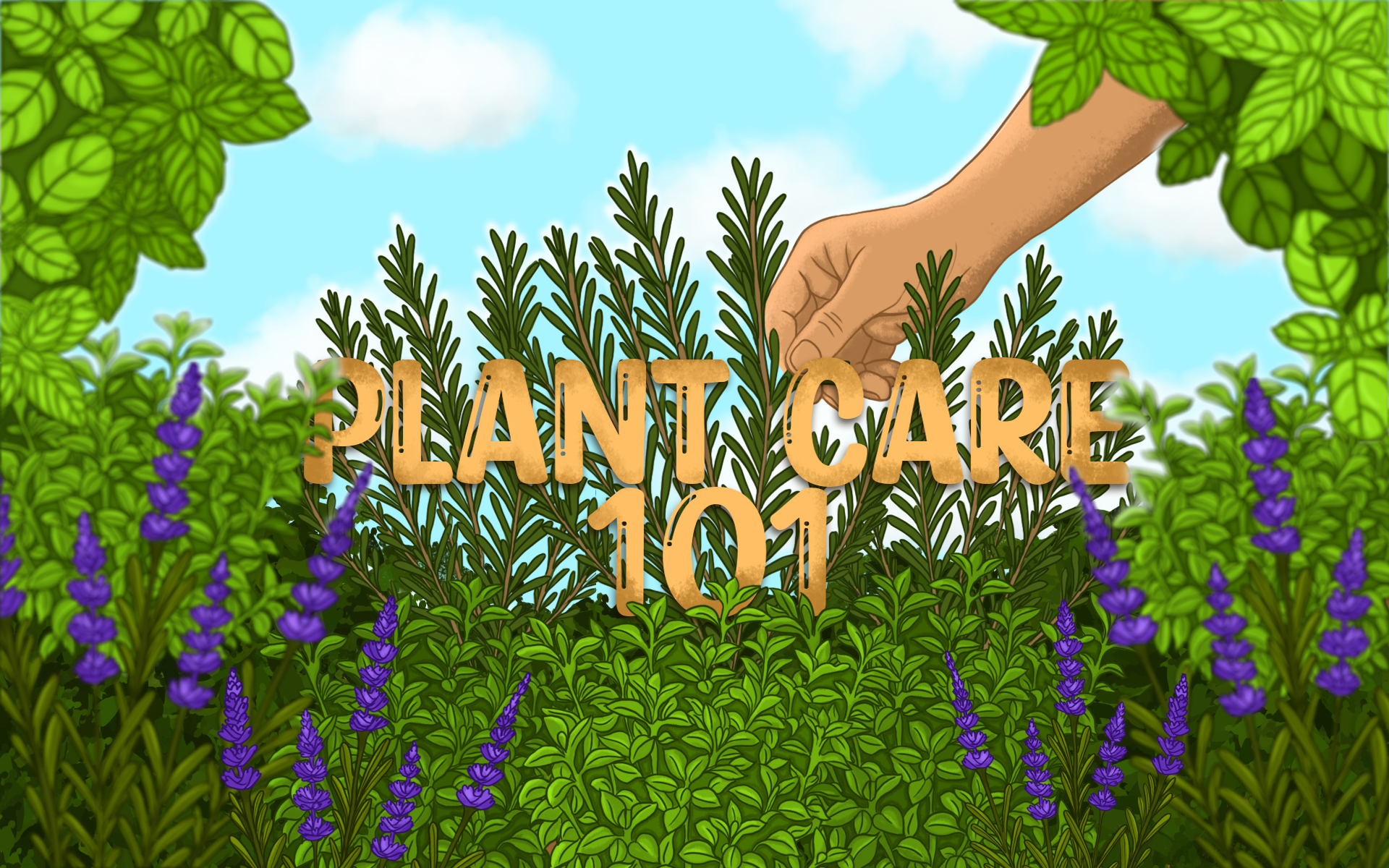
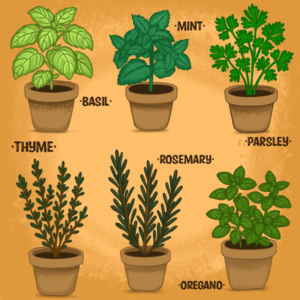
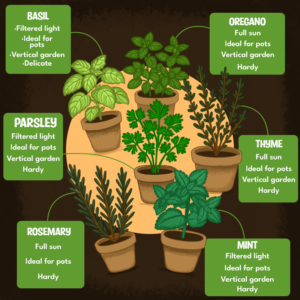
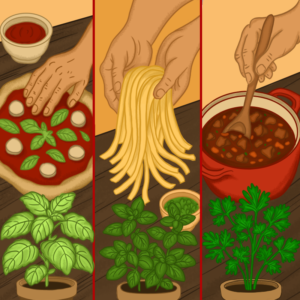
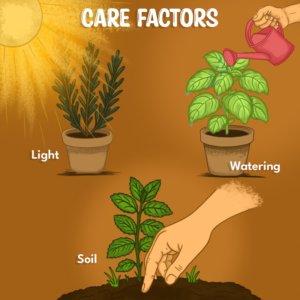
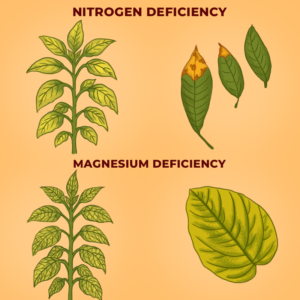
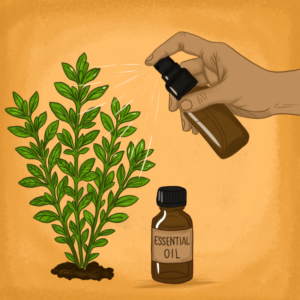
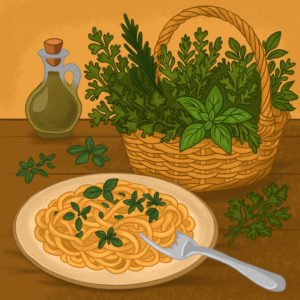
I’m really excited about this blog! It’s fascinating and full of enriching knowledge, not only for experienced growers but also for beginners like me. I absolutely recommend this page!
As someone who often overwaters their plants, the reminder that ‘overwatering is more harmful than underwatering’ is very valuable. I also appreciate the tips on regular harvesting to encourage new growth. Very helpful!
I love the section on space requirements. I live in an apartment with a small balcony, so the ideas for pots and vertical gardens are perfect for me. I’m definitely going to try growing basil and mint this summer!
What a fantastic guide! I’ve always wanted to start an herb garden but felt intimidated. The ‘start small’ advice and suggestions for beginner herbs like rosemary and basil give me the confidence to try it. Thanks 🪴